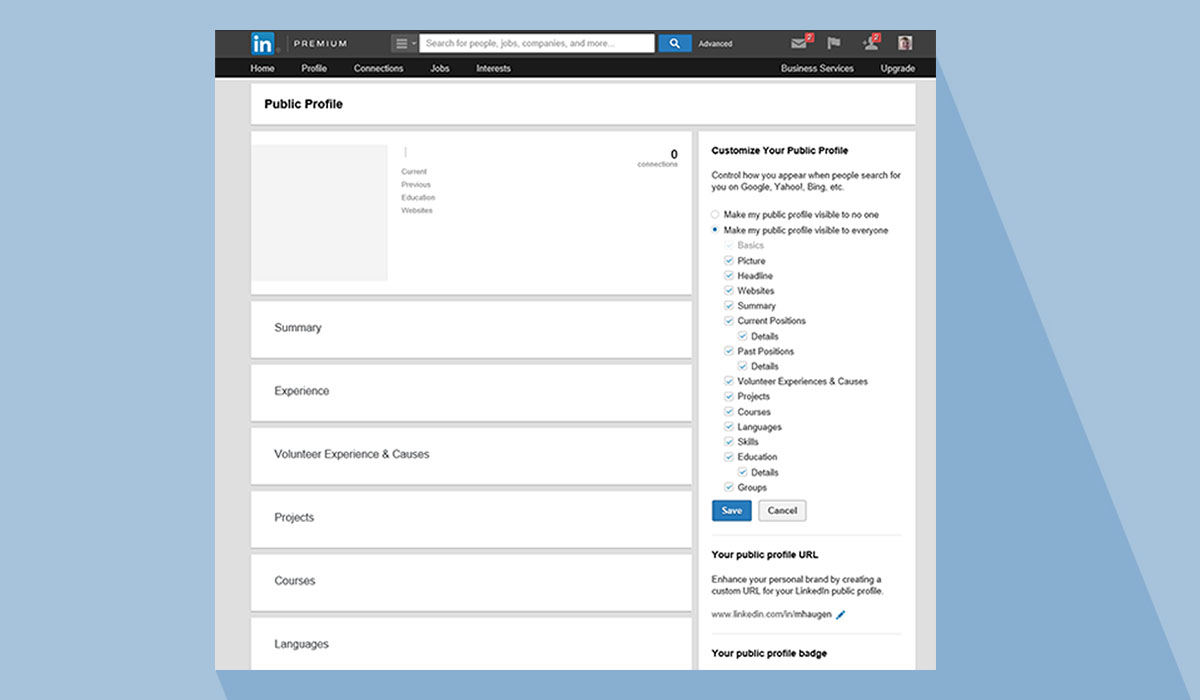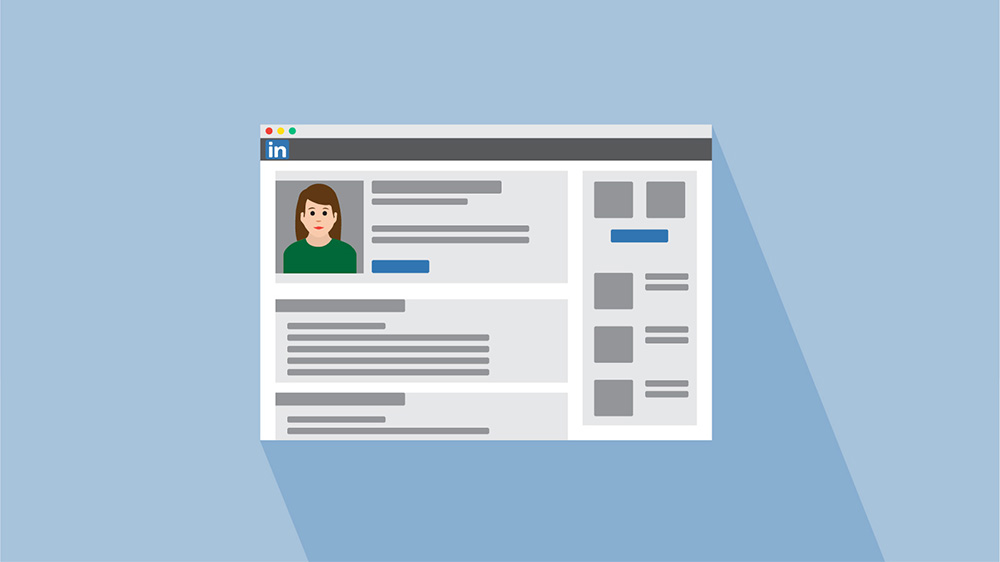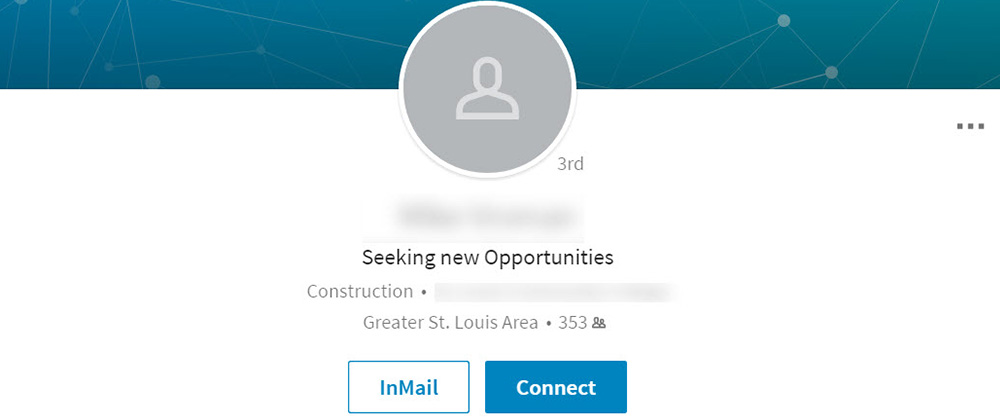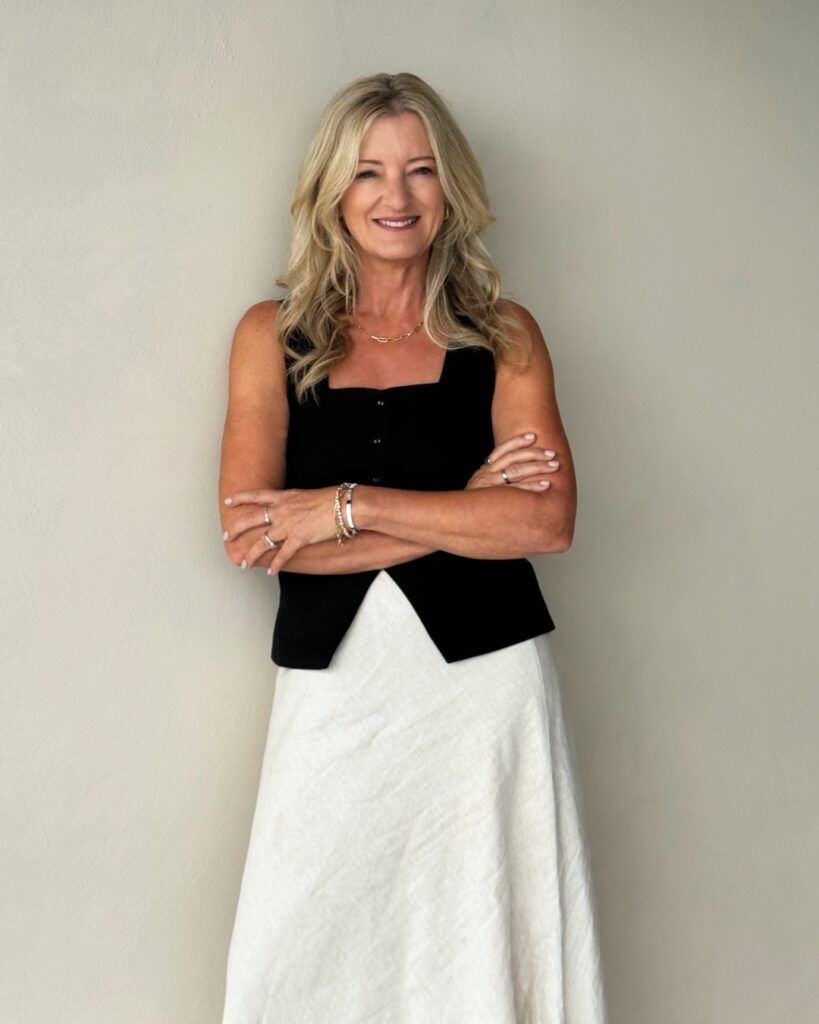Hello, dream job. Is it me you’ve been looking for?
Networking is important. Too often being put in touch with your dream job rests largely on who you know, not what you know. But if hitting up local seminars or discussion groups in your area isn’t your bag, or you struggle to meet people outside of your circles, fear not. In our digital age, networking and CV dropping can be effectively managed from the comfort of sitting behind your computer screen. More specifically, by creating a LinkedIn profile.
Why should I get a LinkedIn profile?
A survey released in 2016 revealed that 85 percent of all jobs were filled via networking. That’s 85 percent of roles filled because either the applicant or the employer reached out through their app, website or social network. (Imagine how much higher that percentage is today?!)
LinkedIn is one of the most connected networks to manage your professional identity and is designed to make engaging in, or being approached with, opportunities all the more convenient. But, unless you’re prepared to polish up your profile, connect with other users and keep it up-to-date, you are doing yourself a massive disservice.
So, how do you create a LinkedIn profile?
Well, if you’ve ever used any kind of social profile platform before, it all starts with presenting your basic information and stating the facts. Remember, it’s a glorified CV that you can bring to life with skills, interests, and extra-curricular work linking through to companies and organisations.
Before you get started, have your latest CV at the ready to copy and paste your information from. Oh, and this is a biggie: Have a high-quality professional image to upload too. Using the default avatar is a one-way ticket to spamsville.
Your photo should be cropped to show your face clearly, think passport but with an approachable friendly smile. Perhaps position one shoulder slightly towards the camera with your head straight. You are seven times more likely to be found on LinkedIn with a photo.
Your headline is where you state what you’re about in keyword rich search terms. You can state where you work, or you can leave it to summarise your professional fields, eg “Junior account manager at Accountable – a social media agency in Wellington”, or “Accounting, HR, and Finance”.

As for the summary, well, this is your time to shine. You’ve captured their attention with your crisp photo and striking headline, now blow them away with a concise, clearly spaced overview of what you’re about in a professional sense. Use keywords so the reader can quickly identify your strengths and skills. No need to get bogged down in detail or support with examples, you’ll get to this in your experience sections further down.
Experience. It always helps to be precise here. Present the details of your role(s) with a summary followed by a series of bullet points to spell out your duties. You can also add in any awards, achievements or significant milestones achieved within the role(s) as well. This text should be phrased to engage with the audience, ie the future employer of your dream job. When you bring the relevant skills to the forefront, you’re more likely to meet their needs and thus, keep them reading.
Understanding endorsements. Endorsements are specific skill buttons you can associate with yourself. But, go easy tiger. Before you go claiming all these skills, know that they’re there to be endorsed. All the people you’re going to connect with—a bit like ‘friending ‘on Facebook—can technically come to your page and validate that you have (or don’t have) these said skills. So start small and pick, say, ten top skills, and if you’re insecure about no one endorsing you, we’re sure if you slide into their LinkedIn DMs and ask nicely, they’ll oblige.
How to use LinkedIn
Stalking is NOT okay here.
It’s difficult at what stage of this ‘how-to’ to bring up the matter of stalking, but now is as good a time as ever. Here goes:
LinkedIn is not like Facebook. You can’t go around searching people willy-nilly for a cheeky stalk, because they might find out about it, by email, and it may (correction: always) leads to embarrassment. LinkedIn sends you a weekly digest of useful information, like job postings if you’re looking, job changes and milestones of people in your network, interesting conversations and topics and… dun-dun-dun (if you’ve got the feature switched on – and you probably do, as it’s the default), who’s been looking at your profile.
That’s right, if you keep this feature switched on, everyone from colleagues and university friends to hiring managers and other various people that aren’t aware of this feature (bless), will all be compiled into a neat little list for you explore. The weekly email will also leave some cheese for more interesting information that LinkedIn won’t reveal unless you subscribe to a premium account—which costs money.
Okay phew, now that that’s out of the way. Let’s get down to the next-level nitty-gritty deets that’ll have your profile on fleek and flagged to land your dream job. First up, making connections…
How to connect with people on LinkedIn
There are plenty of ways to invite or connect with people on LinkedIn. You can ask someone to join your professional network by sending them an invitation to connect – just like a friend request. If they accept your invitation, they’ll become a 1st-degree connection. But again, be prudent in only reaching out to people you know and trust as 1st-degree connections are given access to your email address. Once LinkedIn gets a feel for your associated group(s) or connections and starts nutting out who’s who and who’s connected with who, it’ll prompt you with suggestions to invite, making it that much easier to expand your network.
“The most effective people have robust networks, and your LinkedIn profile should represent that. You don’t need thousands, but 300 or more is ideal.”
“The most effective people have robust networks, and your LinkedIn profile should represent that. You don’t need thousands, but 300 or more is ideal,” Molly O’Malley, a tenured recruiter told Fast Company. So, beef up your contacts before you look for a new job.
Connect wisely
Be strategic with your connections. While accepting invitations is always encouraged, do be wary of adding too many people at once, especially if you’ve just launched a new profile. This is what the LinkedIn community refers to as a “requesting binge” and it can reflect poorly on you if not timed well. For example, if you’re in the midst of a career transition and want to make lots of updates to your profile, switch on your privacy setting, otherwise, everyone in your network will be plagued with notifications of every change you make. Complete your updates, then connect to your heart’s content.
Always use spell-check
This is a no-brainer, but an easy (and common) mistake nonetheless. Having a profile riddled with spelling errors signals carelessness and will send your prospective employer bouncing to the next candidate faster than a Kylie Cosmetics restock sell out. Prepare your profile and summary with an eagle eye, ensuring your content a) makes sense and b) is free of spelling and grammatical errors before you publish. If punctuation and spelling isn’t your strong suit, consider installing an app that scans your web page for suggestions, such as Grammarly.
Do your research
An hour here and there on LinkedIn can go a long way in your quest for the dream job or the dream company. You can scope out the competition and employees at places you’re considering applying for, not to mention look into turnover rates by researching past employees. But a word to the wise – make sure you switch your profile to “anonymous” to ditch the scent of your detective work. And like the stalking point made above, if you’re going to snoop around someone else’s profile, be sure not to do it too frequently. It makes you look bad. And creepy.
Leave your tiffs at the door
Unlike Facebook, LinkedIn is a place to share ideas, spark conversations and present projects. It is not an opportunity to bag out your issues or vent your emotions. Your point of view is important, yes, but only as it relates to your area of expertise. Aim to portray yourself as an engaging, thoughtful professional sans rants about annoyances in your workplace or industry. Your contribution should be proactive, not reactive.
Show ’em you’re involved
I know, I know, just another social platform you have to upkeep. But believe us, your ability to engage with the site regularly and cross-promote across your social platforms will be a standout behaviour that’ll turn heads. And not just any old heads, the right heads. Be so bold as to write an engaging article or two on a topic relating to your industry. Every time you do this, you are boosting your credibility. Bonus! Then, share to your other social platforms (granted they’re safe for work). You’ll be opening yourself up to new followers and connections relevant to your career, and those are the invaluable connections that will (hopefully!) put you in touch with your dream employer.
Oh, and once you’ve landed your dream job, don’t go off the radar. At the very least, show you care by liking other organisation’s articles, congratulating connections on work anniversaries, birthdays or other milestones.
Be prepared to go offline
Having an immaculate LinkedIn profile is great for you and your career. However, there are situations that call for a little effort offline that will make you a stand out applicant. Say you’ve spotted a job posting on a role at a company and you’re eager to apply. You go to write your cover letter and tailor your CV but realise you don’t have any contact details to address it to. This is where one must turn to the phone and speak to the PA, receptionist or customer service to get the information. If you think that’s old school, that’s because it is. But before you dismiss it entirely, answer this question:
An employer is looking through a stack of cover letters, who’s going to get their attention – the one addressed to them specifically, or the one addressed to “Dear Hiring Manager”?
We know which one we’d read first. Hint: It’s not “Dear Hiring Manager”.














